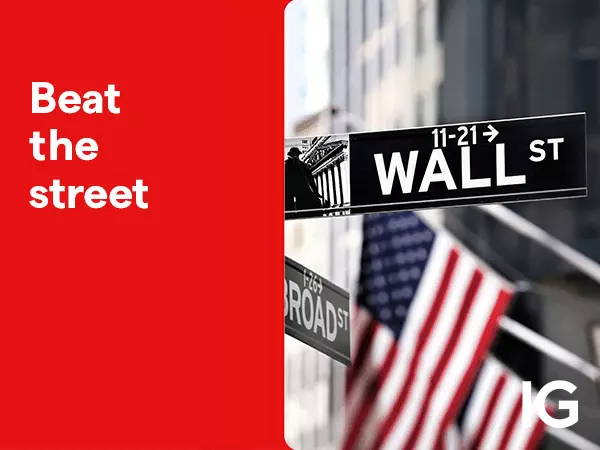In the realm of financial markets, the landscape is constantly shifting, with a tapestry of factors influencing the trajectory of various assets. One key player in this complex dance is the U.S. stock market, which often serves as a barometer for global economic sentiment. Amidst the volatile currents of today’s trading environment, investors seek to navigate the terrains of uncertainty and capitalize on opportunities that present themselves.
Recently, the U.S. stock market has been grappling with the specter of a hawkish Federal Reserve, as policymakers signal a shift towards tightening monetary policy. This hawkish stance, characterized by concerns over rising inflation and the resultant need for interest rate hikes, has injected a dose of caution into investor sentiment. The prospect of higher borrowing costs and its potential impact on corporate profitability have led to apprehensions among market participants.
The tech sector, in particular, has been closely watched in this context, with behemoths like Adobe and Tesla commanding attention. Adobe, a key player in the software industry, has made headlines with its announcement of a colossal $56 billion pay package for its CEO, Shantanu Narayen. This eye-watering sum has sparked debates around executive compensation and its alignment with shareholder interests. As investors weigh the implications of such lavish payouts, questions arise about their impact on company performance and long-term sustainability.
Meanwhile, Tesla, the electric vehicle titan helmed by Elon Musk, continues to be a magnet for attention in the markets. Musk’s ambitious vision and unconventional approach have turned Tesla into a force to be reckoned with in the automotive industry. The recent unveiling of Tesla’s Cybertruck has reignited excitement among fans and critics alike, as the company pushes the boundaries of innovation and disrupts traditional norms. However, challenges loom on the horizon, with concerns over production delays and competition intensifying in the electric vehicle space.
As investors navigate these shifting dynamics, a blend of caution and opportunism guides their decision-making processes. Market watchers remain vigilant for signals of potential downturns or shifts in sentiment, while also scouting for promising opportunities amidst the turbulence. The balancing act between risk and reward forms the cornerstone of investment strategies in an environment that is rife with uncertainties and complexities.
In conclusion, the U.S. stock market stands at a crossroads, influenced by a confluence of factors that shape its trajectory. As investors brace for the impact of a hawkish Fed and grapple with the implications of executive pay packages and technological innovations, the landscape remains fluid and ever-evolving. Navigating this terrain requires a mix of analytical acumen, foresight, and adaptability, as market participants seek to capitalize on opportunities while hedging against risks. In this intricate dance of supply and demand, sentiment and strategy, the U.S. stock market continues to be a theater of intrigue and opportunity for those willing to engage with its nuances.




























